The Ultimate Celery Farming Guide
Science-Backed Solutions for Higher Yields and Fewer Losses
Celery planting harvest cheats start with understanding this high-value crop’s unique challenges. Grown globally from Florida’s muck soils to China’s intensive systems, celery (Apium graveolens) demands precision nutrition and vigilant disease control. This guide synthesizes field-tested strategies from leading agricultural institutes to help farmers overcome 5 critical pain points, integrating the latest research with practical nutrient management.
1 Understanding Celery’s Core Challenges and Growth Requirements
Celery thrives in cool, moist conditions but faces yield-limiting factors worldwide:
Fibrous stalks and hollow stems from calcium imbalances cost up to 30% yield loss
Soil-borne diseases like Fusarium wilt devastate continuous crops
Nitrogen leaching in sandy soils wastes 40-70% of applied fertilizer
Salt sensitivity halves yields at EC >8 dS/m in arid regions
Weed competition reduces seedling growth by 50% without intervention
2 Seedling Establishment: Preventing Damping-Off and Weak Roots
2.1 Optimizing Germination Conditions
Celery seeds require 15–21°C (59–70°F) and consistent surface moisture. Cold soils delay emergence, while overwatering fuels Pythium and Rhizoctonia fungi. Trials by the International Society for Horticultural Science show pre-treatment with Trichoderma-enriched biofertilizers reduces damping-off by 67%.
Pro Solution: Blend 5 kg/ha Rooting Microbial Agent into seedling trays to boost root biomass by 40% within 14 days.
2.2 Accelerating Early Root Development
Weak roots increase transplant shock. Florida growers apply amino acid solutions at 200 L/ha during cotyledon expansion to stimulate lateral root formation. This enhances nutrient uptake efficiency by 25% post-transplant.
Field Protocol: Apply Amino Acid + Trace Elements Liquid Fertilizer via irrigation 10 days after germination.
3 Rapid Growth Phase: Preventing Hollow Stems and Leaf Scorch
3.1 Solving Calcium Deficiency Disorders
Celery absorbs 200 kg/ha of calcium during stalk elongation. Calcium’s immobility in plants causes internal brown stem (IBS). Wageningen University research confirms foliar calcium-magnesium sprays during rapid growth reduce IBS by 38%:
Apply 15 L/ha Amino Acid + Ca/Mg Liquid Fertilizer every 14 days
Maintain soil pH 6.2–6.8 for optimal calcium availability
3.2 Preventing Nitrogen Leaching
Conventional urea loses 40–70% N through leaching in sandy soils. Celery needs 250 kg N/ha, split-applied:
Basal Dose: Incorporate 2 t/ha compost (made with Organic Fermenter) + 50 kg/ha Humic Acid Powder to stabilize nitrogen
Foliar Boost: At 45–60 days, apply 150 L/ha 420-0-0 Liquid Nitrogen with amino acids to spike protein synthesis
Xinjiang Trial Data: This protocol yielded 22% thicker stalks and reduced drainage nitrate by 50 ppm.
4 Maturation & Harvest: Combating Fibrousness and Disease
4.1 Potassium Optimization for Crisp Stalks
Insufficient K during bulking causes stringy, bitter stalks. The FAO recommends a K:N ratio of 1:1.5 with split applications:
Soil-drench 100 kg/ha MKP (0-52-34) pre-bulking
Foliar-spray 10 kg/ha Potassium Humate Granules dissolved in 500 L water to enhance sugar translocation
Result: 18% reduction in fiber content and improved shelf life.
4.2 Controlling Sclerotinia Rot
Overhead irrigation spreads Sclerotinia sclerotiorum. Per University of California IPM Guidelines:
Preventive: Apply 2 L/ha Fish Protein Liquid Fertilizer at 60 days to strengthen epidermal cells
Curative: Drench soil with 10 kg/ha Anti Heavy Stubble Microbial Agent containing Bacillus subtilis QST713
5 Salt Stress Mitigation for Coastal & Arid Regions
Reclaiming Saline Soils (EC >4 dS/m)
Celery yield halves at EC 8 dS/m. The Netherlands Salt Farm Foundation protocol:
Pre-plant application: 5 t/ha gypsum + 500 kg/ha Humic Acid Granules
Bi-weekly foliar sprays: 100 L/ha Amino Acid + Ca/Mg Liquid
Nile Delta Results: Restored yields to 85 t/ha on 6.2 dS/m soils.
6 The 4-Phase Fertilization System for Maximum ROI
| Growth Stage | Product | Function |
|---|---|---|
| Pre-Planting | 2 t/ha compost (self-made with Organic Fermenter) + 50 kg Humic Acid Powder | Stimulate soil microbiome |
| Transplant (Day 1) | 5 kg/ha Rooting Microbial Agent in 1000 L water | Root establishment |
| Rapid Growth | 150 L 420-0-0 Liquid N + 100 kg MKP | Stalk thickening |
| Bulking | 10 kg Potassium Humate Granules | Reduce fiber, enhance crispness |
| Stress Events | 200 L Amino Acid + Trace Elements Liquid | Antioxidant boost |
Conclusion: Precision Inputs for Premium Celery
Celery planting harvest cheats hinge on synchronizing chemistry and biology. Integrating microbial inoculants for root vigor, staged NPK applications, and humic acids for nutrient retention can achieve >100 t/ha with 30% less fertilizer input.
“The future of celery farming lies in customizing solutions to local stress factors – whether salinity in Egypt or fusarium in Florida.” – FAO AGRIS Review 2025
If you are interested in this article, or have any questions that need to be answered, You can find us at any time through the chat icon in the lower right corner of the webpage.
Of course, you can also check out our other social media (such as Linkedin) to learn more about us.
🔍 Key References for Commercial Growers
FAO AGRIS Database – Global trials on saline soil remediation
USDA Nutrient Management Guides – Celery NPK requirements by soil type
Wageningen University Calcium Study – Preventing internal brown stem
Netherlands Salt Farm Foundation – Crop-specific salt tolerance data
University of California IPM – Sclerotinia control protocols
European Journal of Horticultural Science – Amino acid efficacy trials
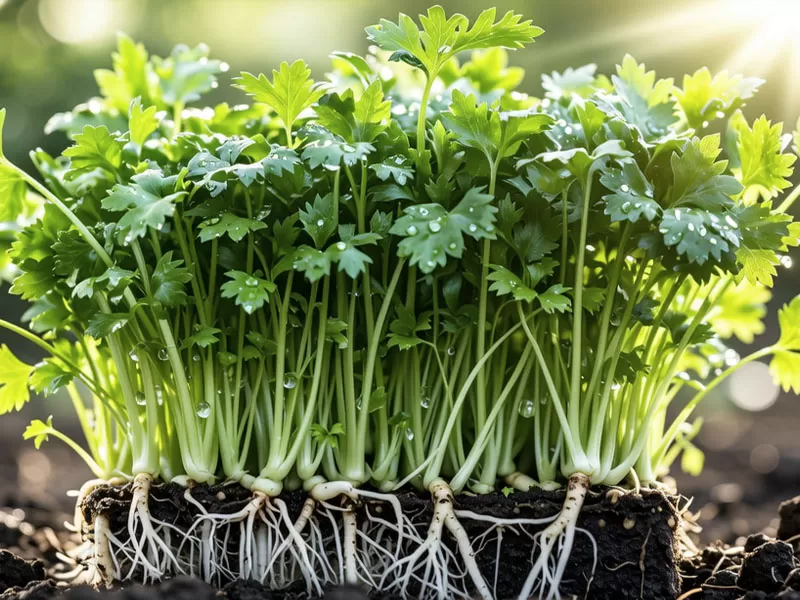
“Lush celery fields powered by our fertilizer 💪🌱”
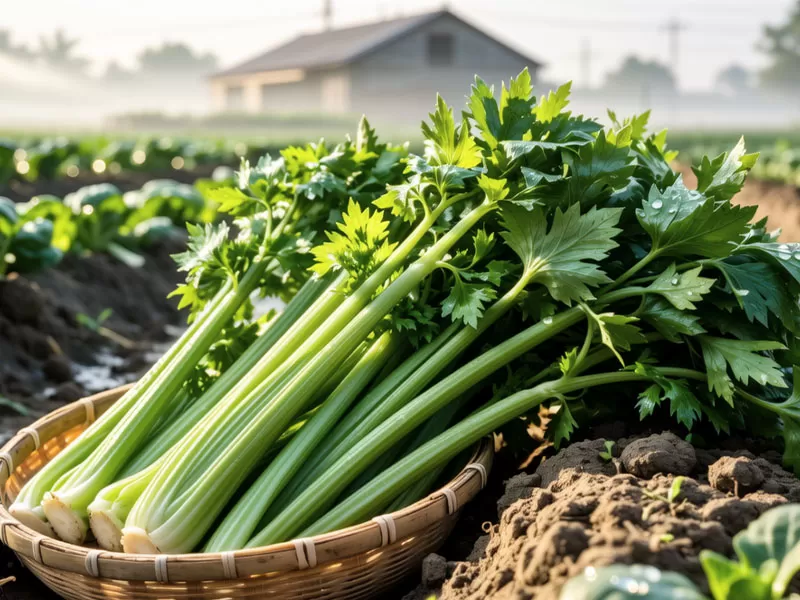
Bigger harvests, better quality! 🧺✨
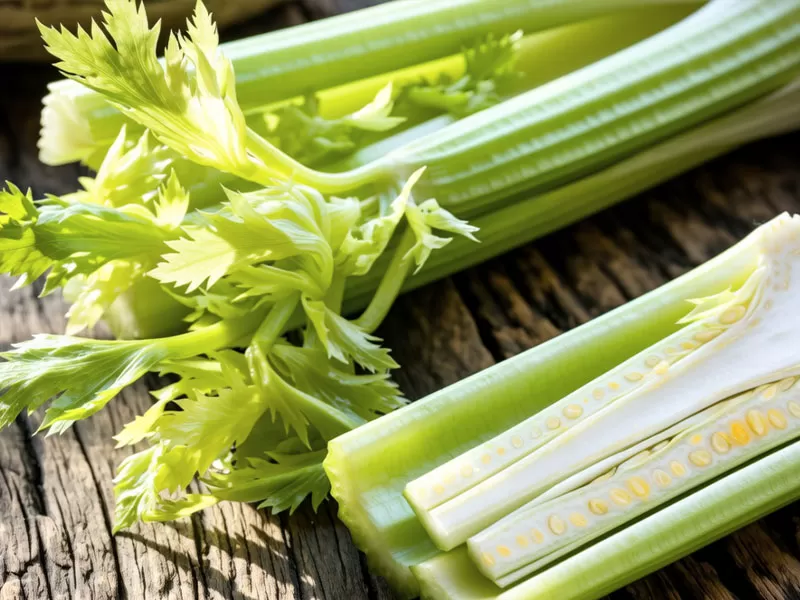
Crisp, healthy stems = perfect nutrition! 🥬✅
Celery fertilizer
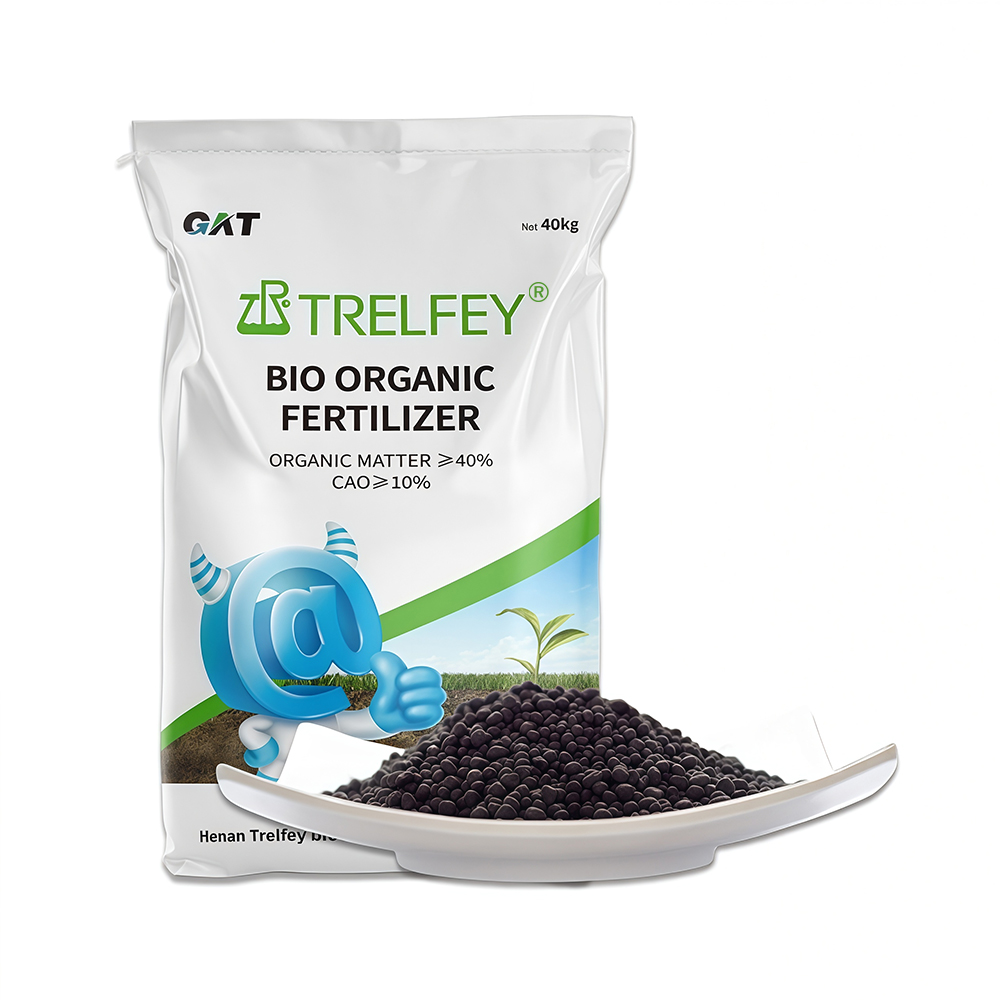
Bio-organic fertilizer
Organic matter ≥40%, CaO≥10%
The number of beneficial live bacteria ≥0.20 billion/g
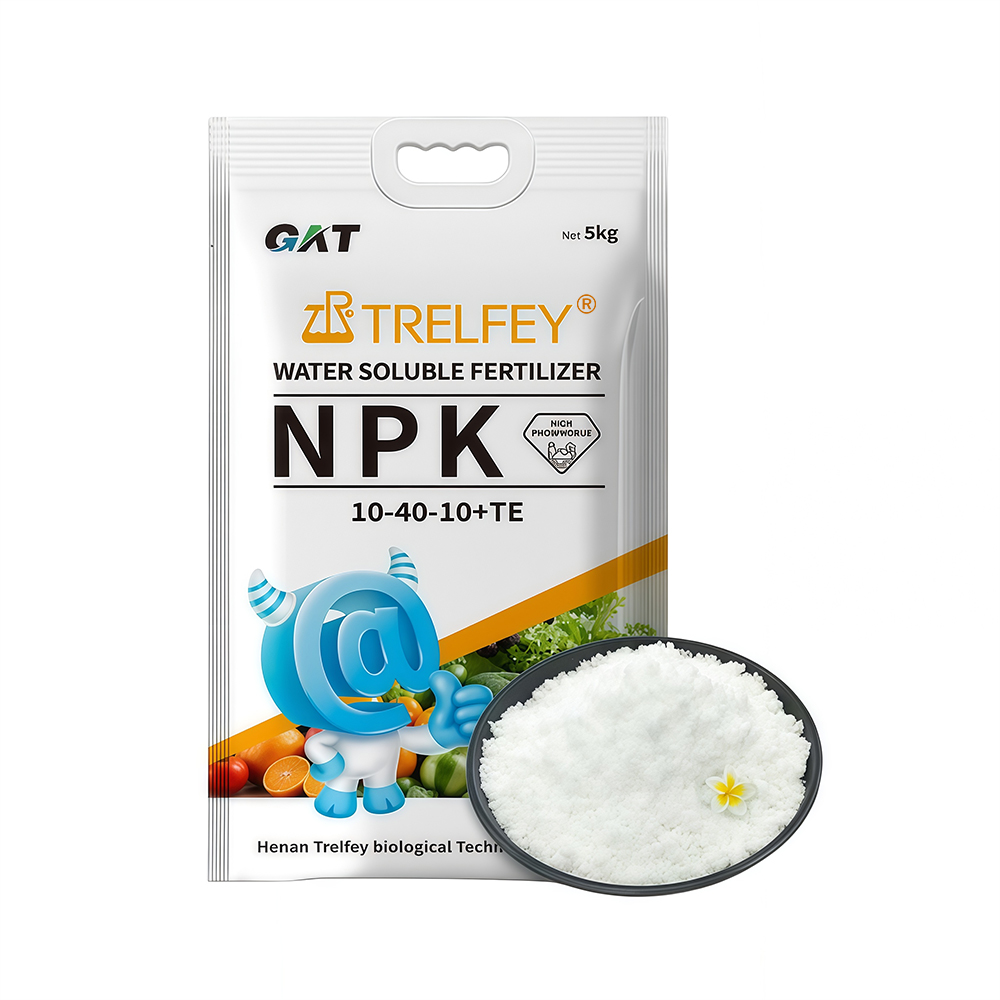
Water soluble fertilizer
Protect the roots and nourish the roots, protect the buds and protect the flowers
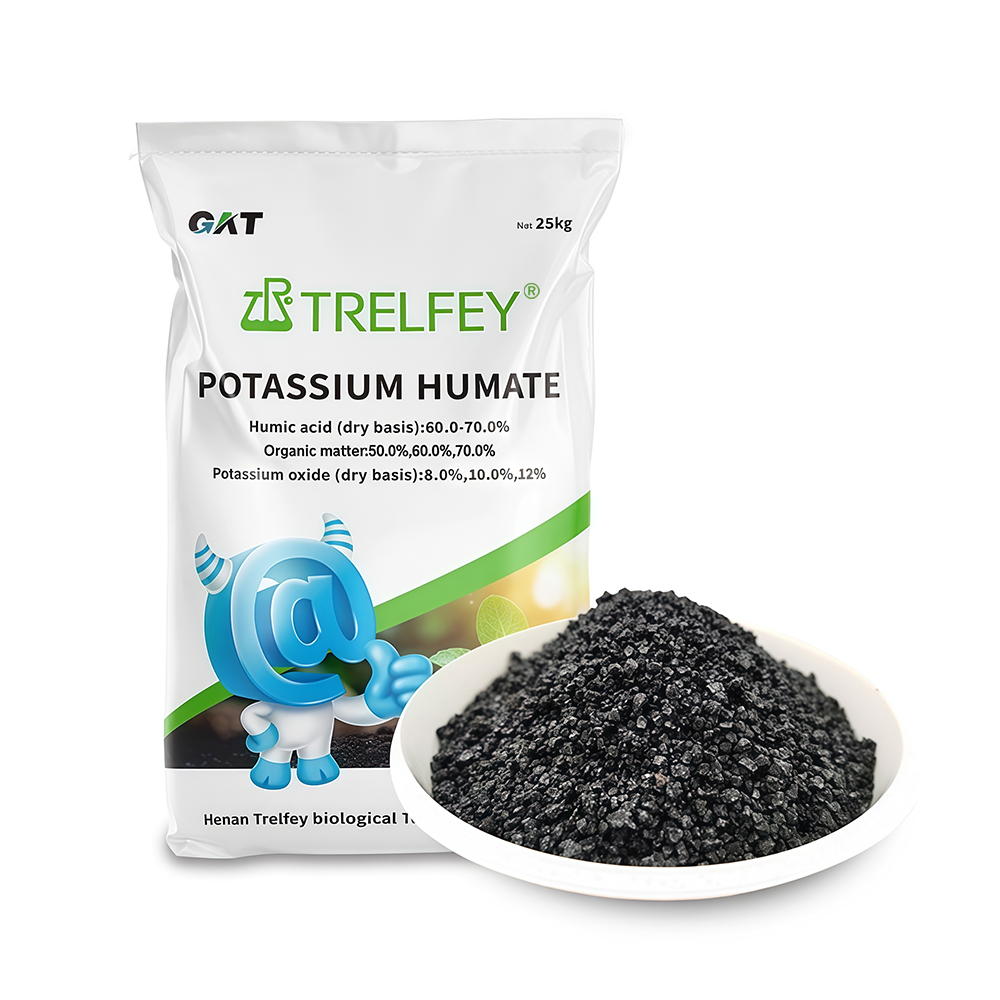
Potassium humate granules
Humic acid (dry base): 60.0-70.0%
Total nutrient (KOO): 8.0%-12.0% (customizable)
